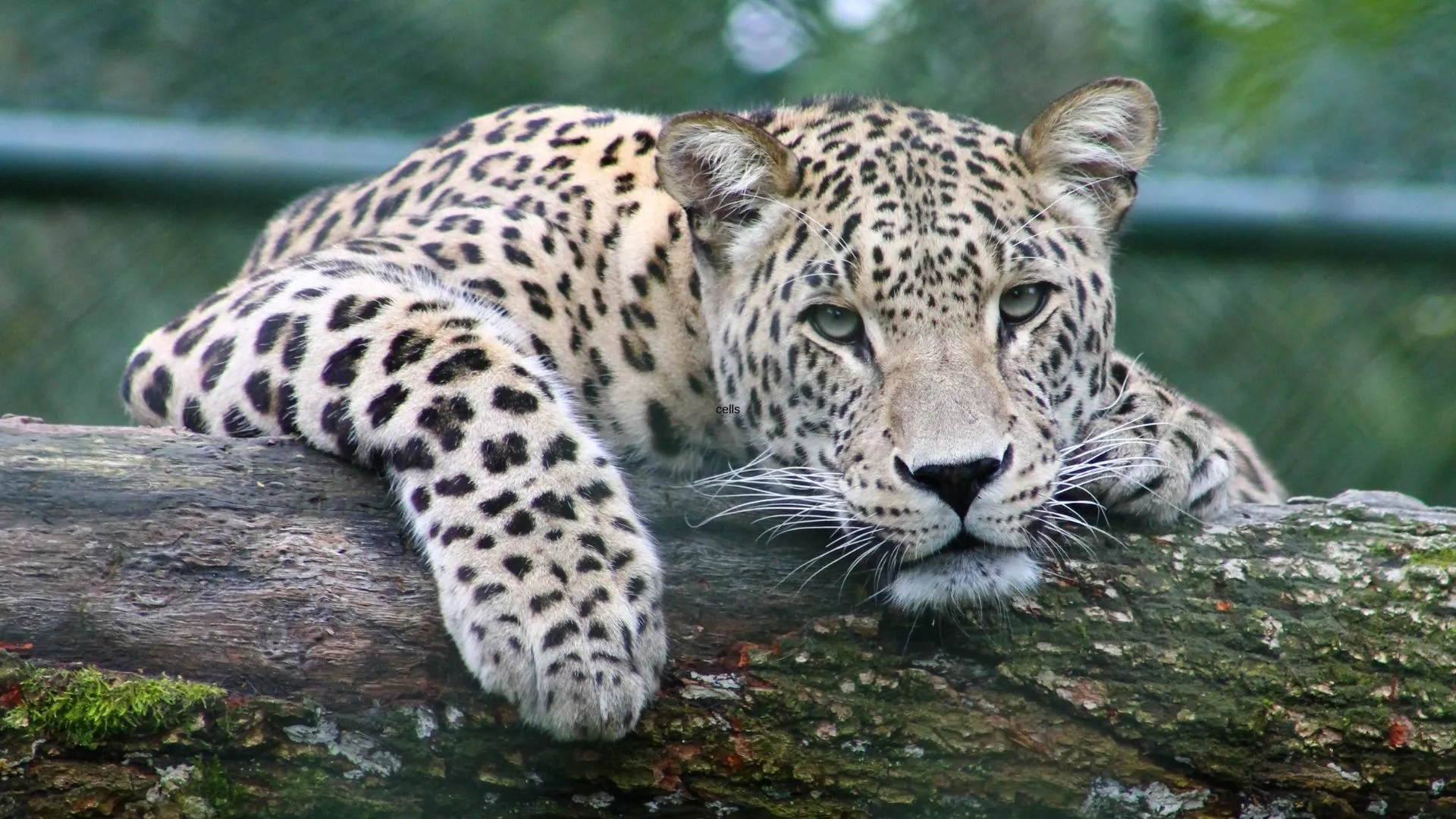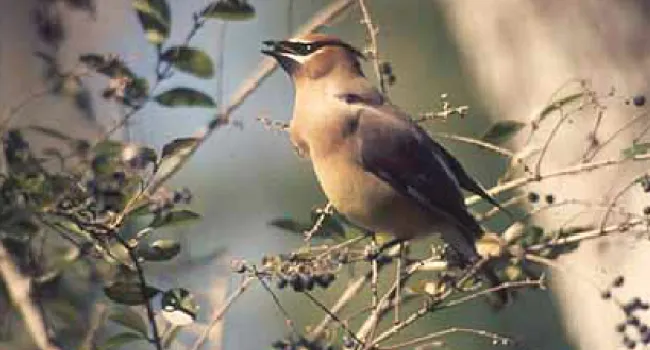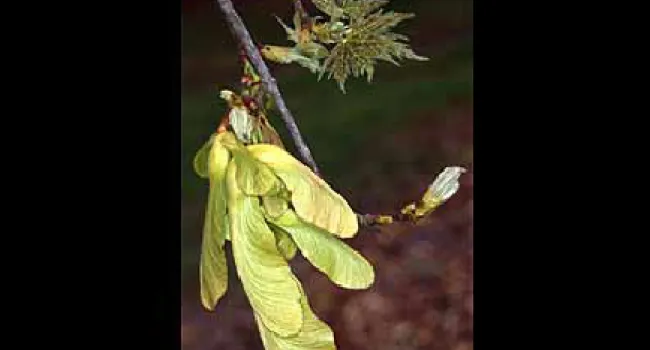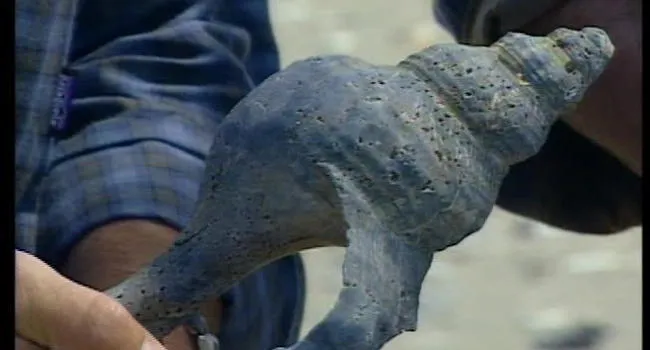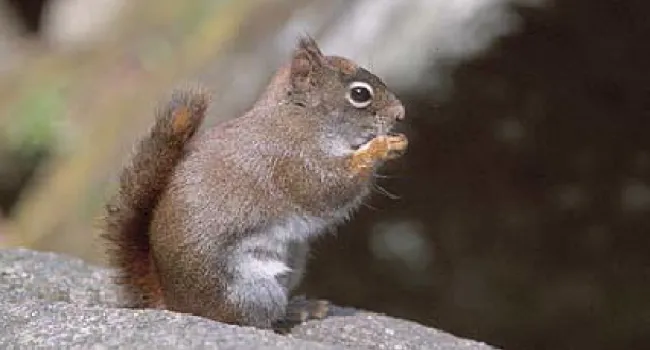
Squirrel with Acorns | The Cove Forest
Episode
4
Photo
In late summer and fall, squirrels collect and bury large numbers of newly ripened acorns. Many of these acorns are later recovered and eaten. Others, however, go undiscovered and can germinate and...